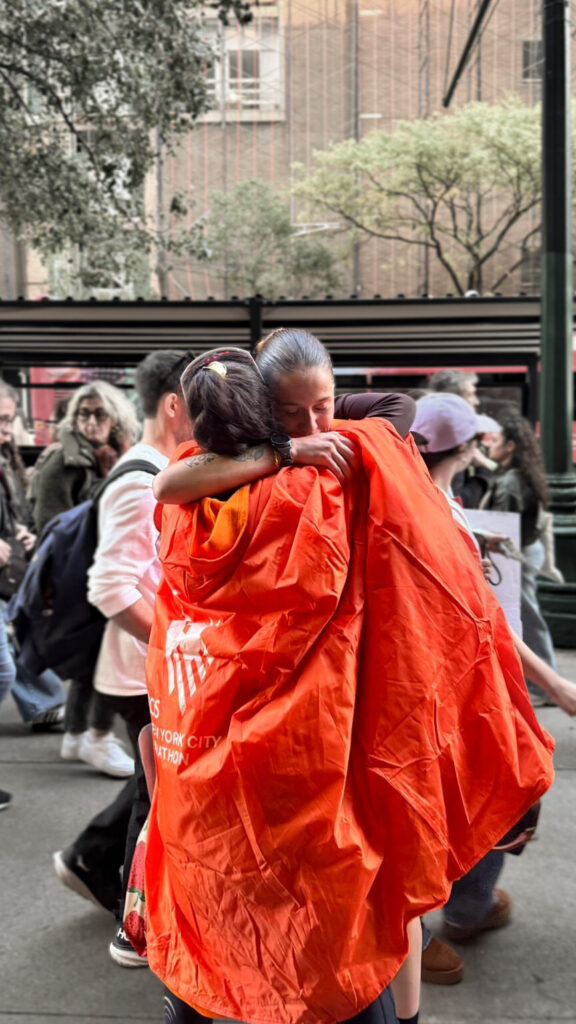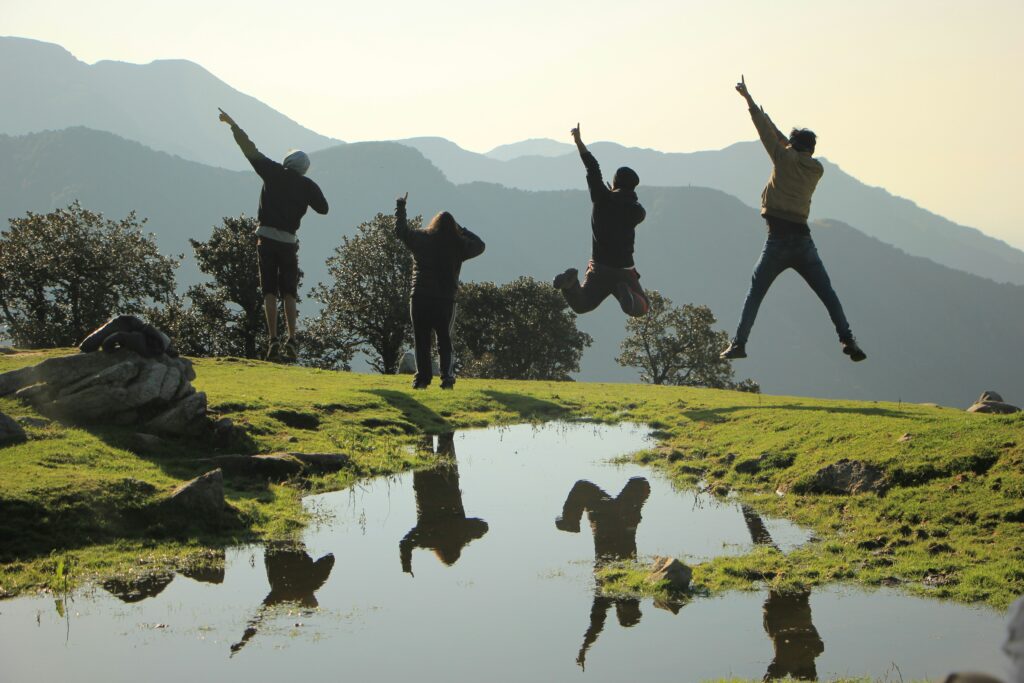2019 Christianson Fellow Shivani Raman volunteered as a Community Health Worker Program Assistant for one year with Compañeros en Salud, the Mexican branch of the non-governmental organization Partners in Health. In this role, she oversaw community health workers, locally known as acompañantes, in four rural communities in the Sierra Madre Mountains of Chiapas. Here, she shares the most inspiring and impactful part of her experience.
When I applied to work with Compañeros en Salud (CES), one of my main goals was to understand better the role of community health workers in promoting health within their communities. As I interacted with these local healthcare workers, known as acompañantes, on a day-to-day basis and accompanied them to visit their patients, I was struck by the tremendous impact that the visits had on patients’ lives.
One of the most inspiring aspects of the acompañantes visits was how natural and intimate they were. Usually, the acompañantes would start the conversation by asking the patient about their family, agricultural work, or events in the community. Since the acompañantes are also women from the communities, they easily relate to the patient’s day-to-day lives. They were not only the patients’ acompañantes, but also their neighbors, friends, and relatives.
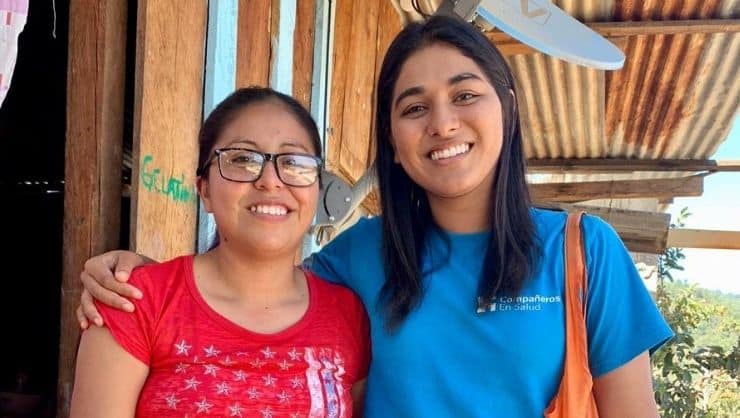
Image courtesy of Shivani Raman
When the conversations transitioned to the patient’s health issues, the acompañantes were able to easily comprehend the patients’ concerns and empathize with their struggles. For example, a diabetic patient expressed the challenges she faced in adopting a healthier diet due to a lack of access to fresh produce. Since the acompañantes was from the same community, she understood the typical diet in the local context and provided suggestions to the patient according to the seasonal growth of certain crops.
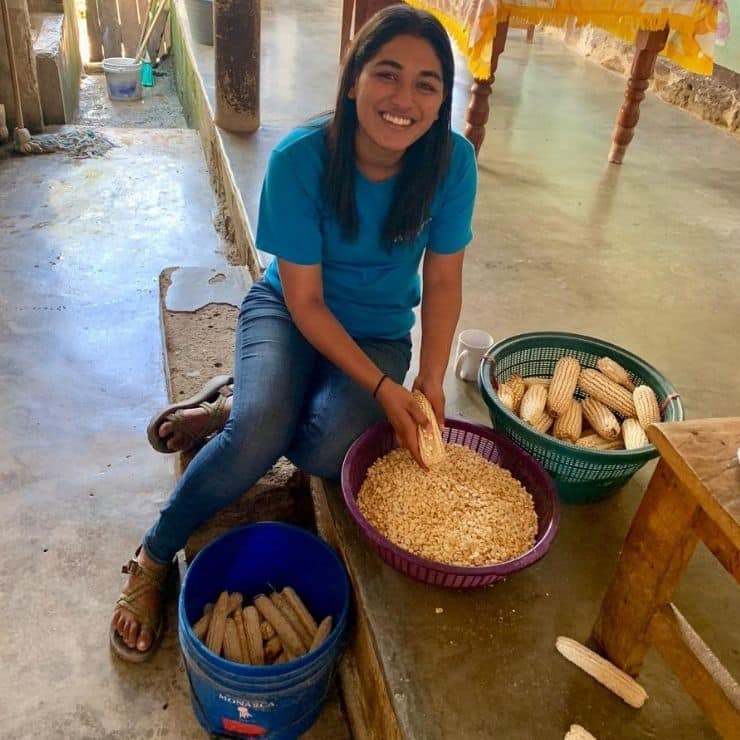
Image courtesy of Shivani Raman
From observing the acompañantes visits, I learned that one of the most important aspects of their work is their ability to deeply connect with patients. From the second they enter the patients’ homes, the acompañantes quickly gain their trust by discussing topics they’re both familiar with. Furthermore, they’re able to support patients through the challenges of their illnesses by understanding patients’ hardships and providing suggestions that are appropriate to the context they live in.
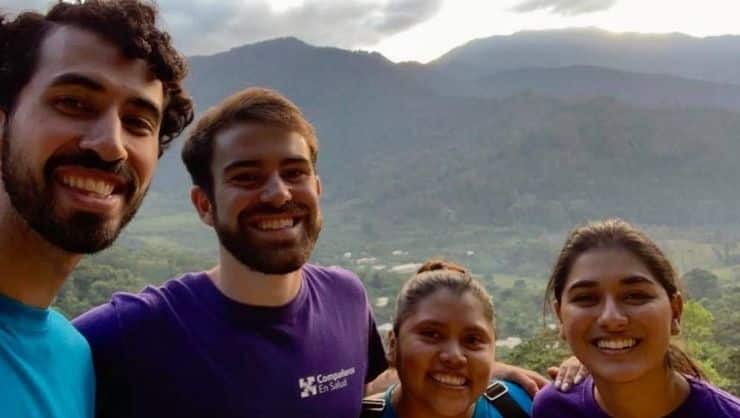
Image courtesy of Shivani Raman
I now understand the tremendous importance of building local capacity in promoting health within communities. I also recognize the tremendous power of cross-cultural exchange. By working with the acompañantes for nearly a year, I developed meaningful relationships that will endure for a long time.
Our intimate conversations showed me that the beauty of the acompañantes program was not only its impact on patients in the community but also its ability to empower women in the face of marked gender norms and economic instability. As I got to know the acompañantes better over time, they shared more details about their families, their agricultural work, and related hardships such as alcoholism, violence, and economic struggles due to a poor harvest.
At the same time, they also asked about my life in the U.S. and were curious to hear about what I thought about Chiapas. They invited me to dip my feet in the river with them, make tamales together, play soccer with their children, and visit their ranchos, where they grow coffee. They became much more than women I worked with—they became friends.
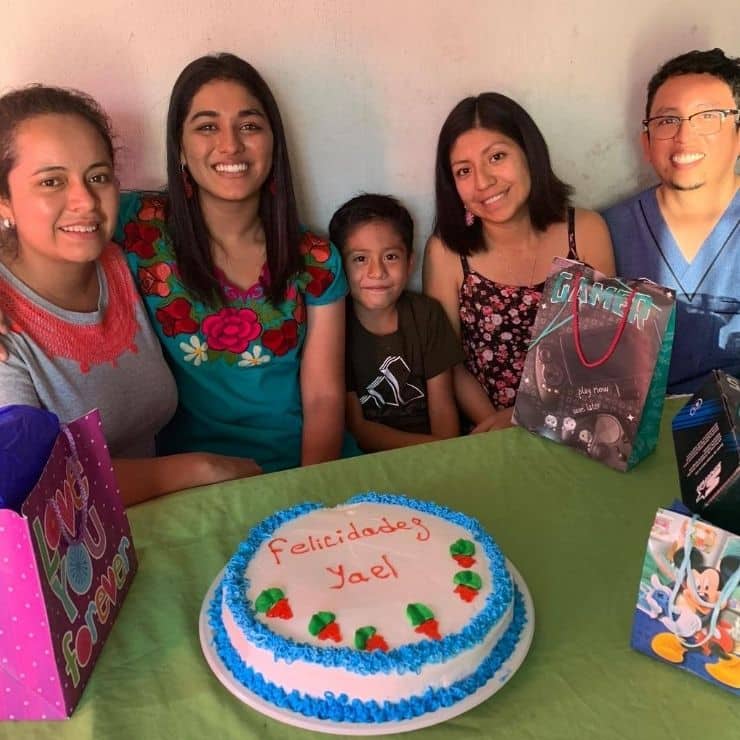
Image courtesy of Shivani Raman
One of the most difficult parts of my year-long experience occurred in March, when the COVID-19 pandemic became a serious concern. Partners in Health required all of the volunteers working for Compañeros en Salud to return to the US immediately.
When I first received this news, I was in complete shock. The week prior we had been discussing plans for the upcoming months, and now I was being told to pack my bags and leave. I was not emotionally prepared for this. I had thought that I still had three months left with the acompañantes—three more months to converse with them in their homes, cook together, share meals together, walk to the river, play with their kids, watch telenovelas (television soap operas) together, print out pictures of us to give to them, and say my final goodbyes. Now, none of that would be possible.
I didn’t even have the opportunity to say goodbye to the women I had formed such deep connections with, and I had to put behind me all of the things I still wanted to say to them and share with them.
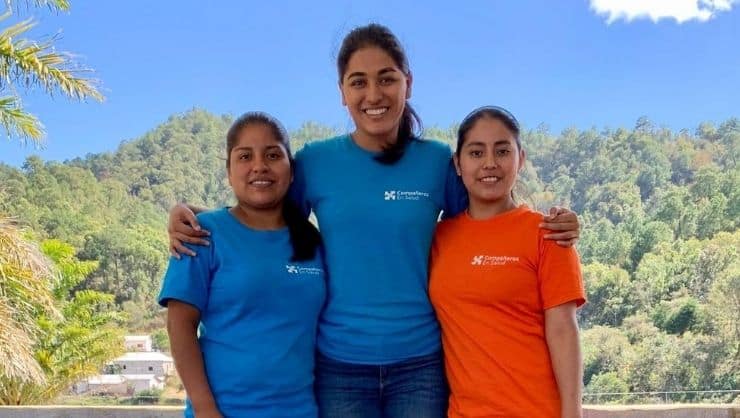
Image courtesy of Shivani Raman
When I returned home, I continued to work for Compañeros en Salud remotely by helping to develop training materials for the acompañantes and selecting a new volunteer to fill my role. Though I was incredibly saddened by the way my time in Chiapas ended, speaking with the prospective candidates and hearing their passion for social justice and community empowerment filled me with joy and hope for the future.
I know that Compañeros en Salud and the acompañantes will continue to do great work to impact patients and communities, and I could not be happier with the amazing relationships and memories I have that will last a lifetime.

